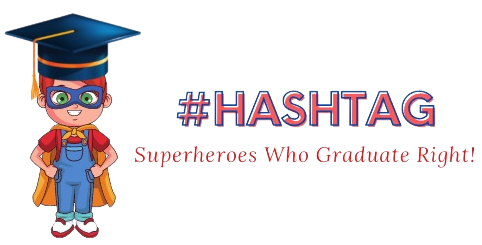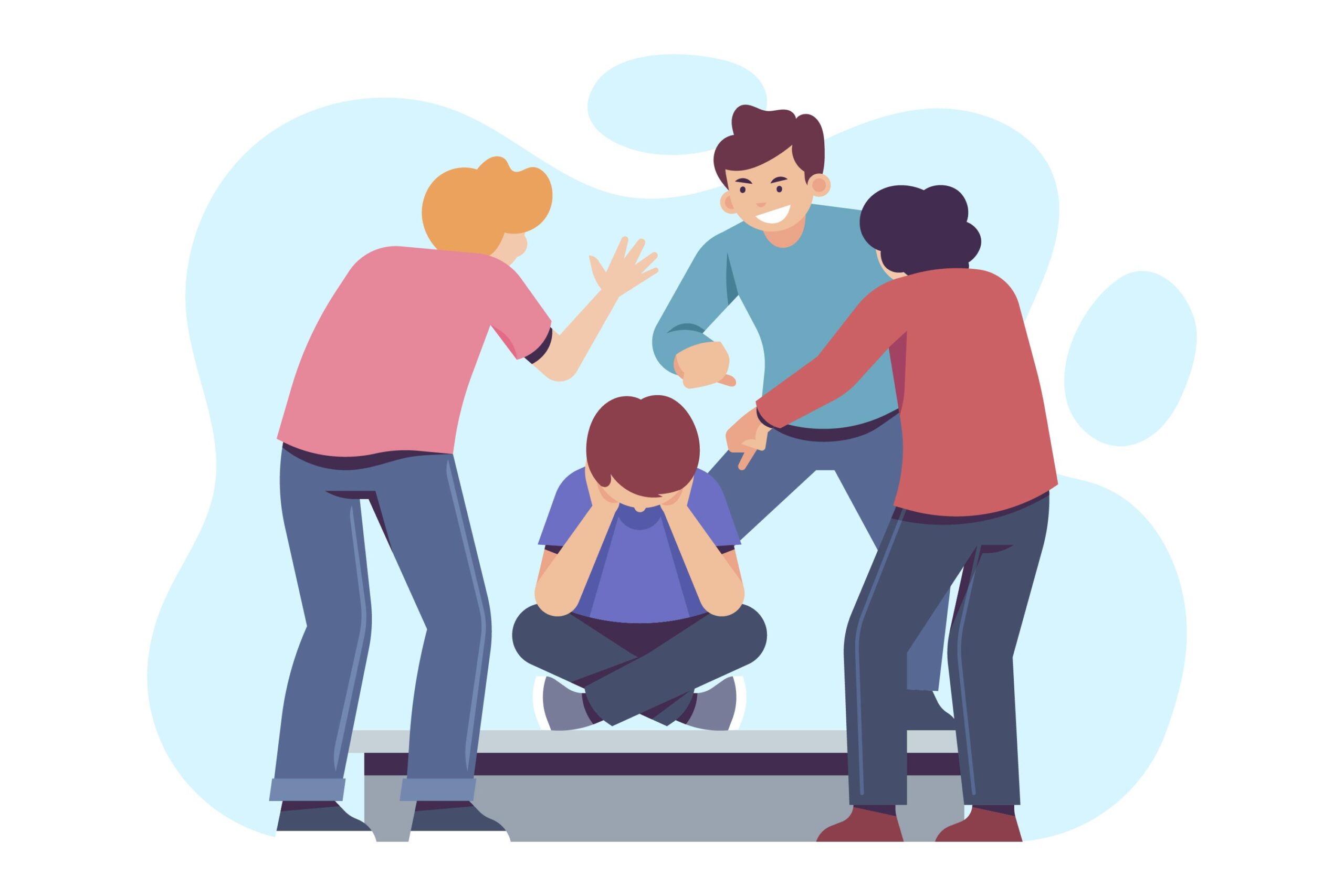Heard of Child Abuse in everyday newspapers?
Every child is a human being. Their dainty structure should not be taken as an excuse to inflict upon them any behavior. Each one is born with the same rights as any adult. They have the right to associate with both parents, as well as the provision of basic protection, food, education, and health care, as well as the child’s civil rights and freedom.
Mullen and Fleming say, a history of child abuse, whether physical, psychological, or sexual, demonstrates a significant link between a history of early abuse and a spectrum of bad consequences both in early life and adulthood.
If you think abuse is only physical, you are wrong. It can be as casual as neglect, which can be inflicted on the child at home or by their primary caregiver. Abuse can be:
Physical violence: Physical child abuse happens when a child is intentionally damaged or put in danger by another person.
Sexual exploitation: Sexual interaction, such as purposeful sexual touching, oral-genital contact, or intercourse, can be involved. Non-contact sexual abuse of a child can also include exposing a kid to sex or pornography; witnessing or recording a child in a sexual context; or sexual assault of a child, including sex trafficking.
Mental exploitation: Emotional abuse harms a child’s self-esteem. It involves verbal and emotional abuse, such as disparaging a child on a regular basis, as well as isolating, neglecting, or rejecting the young one.
Neglect: Failure to provide adequate food, clothing, housing, clean living circumstances, love, guidance, schooling, or mental or medical treatment is considered child neglect.
Victims of abuse may still be struggling with the long-term effects of their physical, psychological, or sexual abuse years later. If adults are unable to seek therapy and break the cycle with their own children, the consequences can continue for decades.
Health Issues
While certain long-term consequences of child abuse and neglect are immediately visible, others may take months or even years to show. Survivors are more prone to acquire a variety of long-term or future physical health problems, such as:
- Blood Pressure
- Diabetes
- Malnutrition
- Cancer
- Arthritis
- Cardiovascular Disease
- Lung Issues
Survivors are also vulnerable to the consequences of stunted brain development. Child abuse has a deleterious impact on brain regions such as the amygdala, which is important for emotion processing, and the hippocampus, which is important for learning and memory.
Addictions
Children of parents who consume drugs or alcohol get abused or neglected. It also raises their chances of resorting to drugs and alcohol as a coping method as they get older.
Those who were neglected or abused as children are more likely to be abusive to their own children.
Behavioral and Psychological Issues
Abuse and neglect affect the mind of a child adversely. A child becomes prone to risk factors for the development of psychiatric disorders such as:
- DepressionAnxiety
- Post-Traumatic Stress Disorder (PTSD)
- Bulimia or anorexia
- Behavioural Issues
Anxiety and Depression
Teenage girls are more likely than boys to suffer sadness and anxiety as a result of physical, emotional, or sexual abuse. However, maltreatment can cause sadness and anxiety in children of any gender or age.
Sleep Cycle Change
Those who were mistreated as youngsters may also have disrupted sleep cycles. Their sleep can be interrupted by nightmares and sleep disturbances. These signs are most frequent in toddlers, but they can appear later in life if there is PTSD and/or anxiety.
Separation Anxiety
Preschool-aged children may develop separation anxiety disorder due to neglect. Symptoms include constantly following a caretaker around the house, and also stomach pains and discomfort in anticipation of separation.
Self-Esteem Issues
People who were abused as youngsters may develop low self-esteem. They may believe they are responsible for or deserve it by internalising the abuse. These feelings of inadequacy and shame can persist throughout adulthood, becoming long-term consequences of child abuse and neglect.
Participation in Dangerous Behaviors
Adolescents may learn to engage in unsafe sex or misuse drugs and alcohol as a result of the damage from loved ones. They may also initiate fights or bully others at school.
Impaired Cognitive Functioning and Executive Functioning
Child abuse and neglect can interfere with brain development, resulting in impaired executive functioning. Working memory, planning, self-awareness and problem-solving are examples of these functions. This damage can lead to:
- Learning Difficulties
- Poor academic performance
- A chance of not continuing schooling
Conclusion
The incidence of abuse and bullying is often subtle. It happens in a subtle way that makes it tough to detect. It affects our surroundings, though it may be difficult to locate cases within the community. This is a health concern that demands the same level of attention as any other physiologic or physical disorder.
If you are someone who suffered as a child or know anyone who has, always remember that help to heal is always available. Maybe things were not under control then, but now you can take charge and heal.




